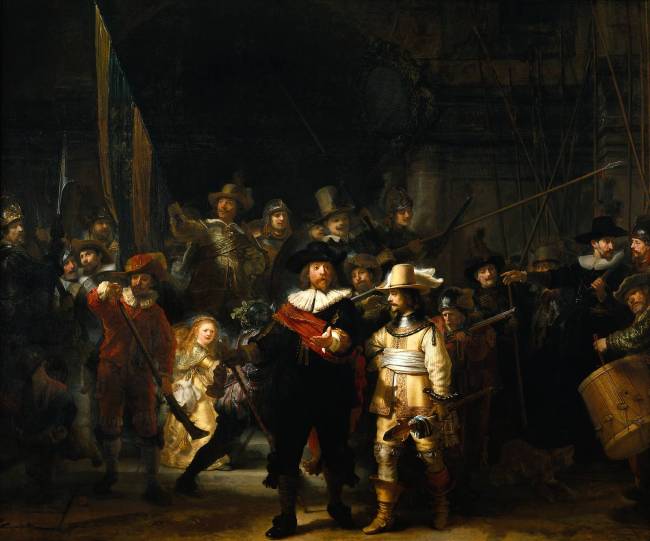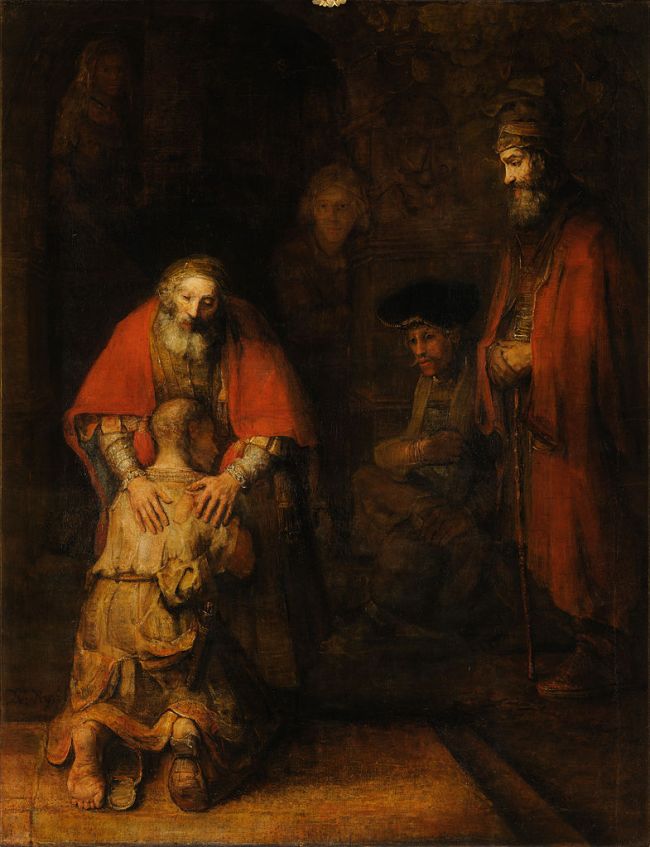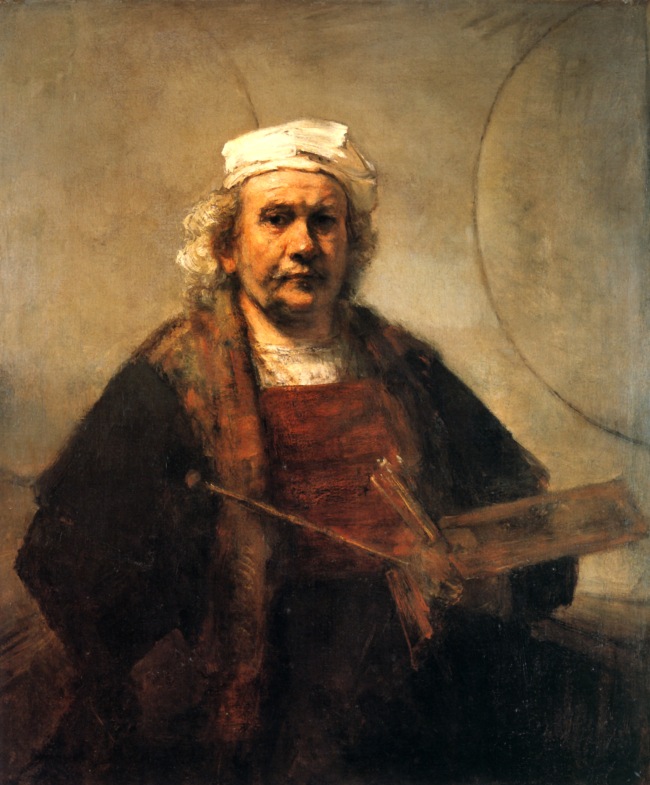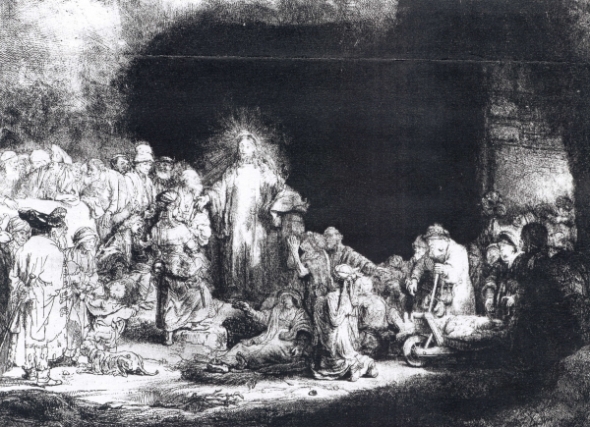One of the greatest painters is Rembrandt van Rijn (1606-1669), known as Rembrandt. He was an artist of great versatility and a master of light and shadow. He often painted religious scenes, adding his own unique interpretation of the scripture.
Rembrandt was the leading Dutch painter of his time. He was born in Leiden, and there, he was trained as a history painter. Rembrandt then moved to Amsterdam, which provided him with a much larger clientele and a lucrative market of portrait painting. So, Rembrandt quickly became renowned for portrait painting as well.
REMBRANDT’S LIGHT
Rembrandt is an undisputed genius. From his paintings of historical scenes, religious scenes, or even or portraits, it is very clear that his use of light is the hallmark of his style.
In his works, Rembrandt refines light and shade into finer and finer nuances until the two blend with one another. As a result, light in his paintings appear as a warm glow. Earlier painters often abruptly juxtaposed light and shade, creating a greater contrast between the two. Although this contrast, often in the form of chiaroscuro, enhances the dramatic effect of the scenes, Rembrandt’s use of blended light and shade carries a greater fidelity to the way our eyes perceive light in the natural world. In Rembrandt’s paintings, light and dark are not in conflict, they gently and easily merge with one another, creating a very tranquil mood. Below are a couple of his paintings which exemplify his use of light.
Night Watch is one of many civic-guard group portraits painted during this period. From the limited information available, it seems that this painting was commissioned by two officers, Captain Frans Banning Cocq and Lieutenant Willem van Ruytenburch, and sixteen of their militia. Rembrandt painted the group rushing about as they organize themselves for a parade. Rembrandt’s use of dramatic light in this painting enhances the energy and liveliness of the militia group portrait.
Rembrandt painted many religious scenes as well. In Return of the Prodigal Son, the forgiving father embraces his weeping son who is crouched before him. Three figures, in various degrees of shade, note the lesson of forgiveness and mercy. In this painting, Rembrandt uses light to guide to the viewer’s attention to the father and the son. This warm, orange-red glow of the light also gives this painting an effect of spiritual stillness, allowing viewers to turn inward and contemplate.
REMBRANDT’S SELF-PORTRAITS
Rembrandt carried over his expertise in light and the effect of spiritual stillness to his portraits. His nearly seventy portraits reflect his deep connection to his craft of painting. In this self-portrait, he depicts himself as a man of dignity and strength. His masterful use of light and his assertive brushwork summarize his stylistic and professional areas of focus. In his portraits, Rembrandt is interested in revealing the human soul, which can be seen in his expressive face, the controlled use of light, and the nonspecific setting.
REMBRANDT’S ETCHINGS
Outside of painting, Rembrandt also worked in the medium of etching, a graphic media, and was just as renowned for his prints as he was for his paintings. Prints were a major source of Rembrandt’s income. In Christ with the Sick around Him, Rembrandt displays his mastery in etching. He uses light and dark to draw attention to Christ, who preaches to the sick.




2 thoughts on “Rembrandt van Rijn: One of the Greatest Dutch Painters”